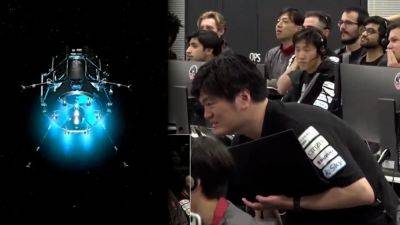Japan stumps up US$1 billion for arms-race insurance with US-led hypersonic missile-interceptor project
The US will fork over an estimated US$2 billion for the Glide Phase Interceptor project, according to 2025 budget estimates released by the US Department of Defence in March.
Washington and Tokyo aim to achieve full operational capability for the system by the end of 2032. The objective is for missiles launched from US Navy warships to intercept hypersonic projectiles during their vulnerable glide phase.
01:38
Japan approves largest military build-up in decades citing Chinese security threats
In an opinion piece last week for the Sankei newspaper, US Ambassador to Japan Rahm Emanuel said it was “imperative” that Japan and the US “absorb the lessons” of Iran’s April 13 attack, which saw some 300 missiles and drones launched against Israel – the vast majority of which were intercepted by its Iron Dome system and other air defences.
In the article, published on Thursday, he called for a “credible collective deterrence” to fend off a “belligerent China intimidating its neighbours and an unpredictable North Korea test-firing ballistic missiles into waters around Japan”.
“To realise an integrated air-and-missile defence architecture in the Indo-Pacific … we need to urgently accelerate the development of next-generation technology to deal with the missile and drone threats of tomorrow.”
The Glide Phase Interceptor system was critical to the goal of integrated defence, Rahm said, adding that stronger regional partnerships and more frequent training for possible future conflicts were also required.
Yakov Zinberg, an international-relations professor at Kokushikan University in Tokyo, said lessons were being learned from the conflicts currently being waged around the globe.
“Russia’s propaganda machine has been loudly claiming that they







